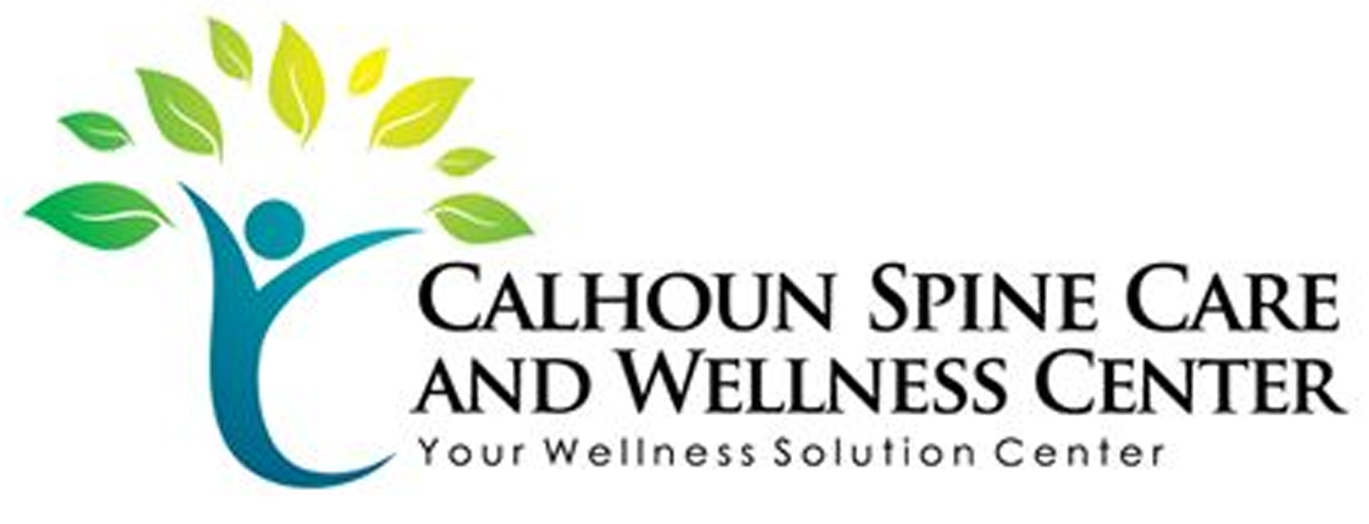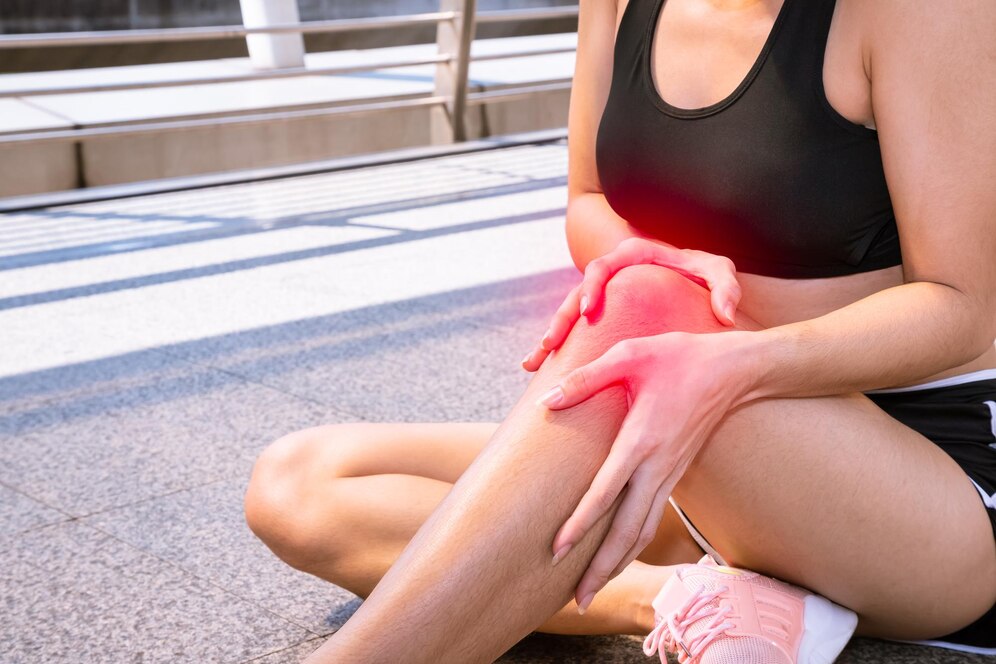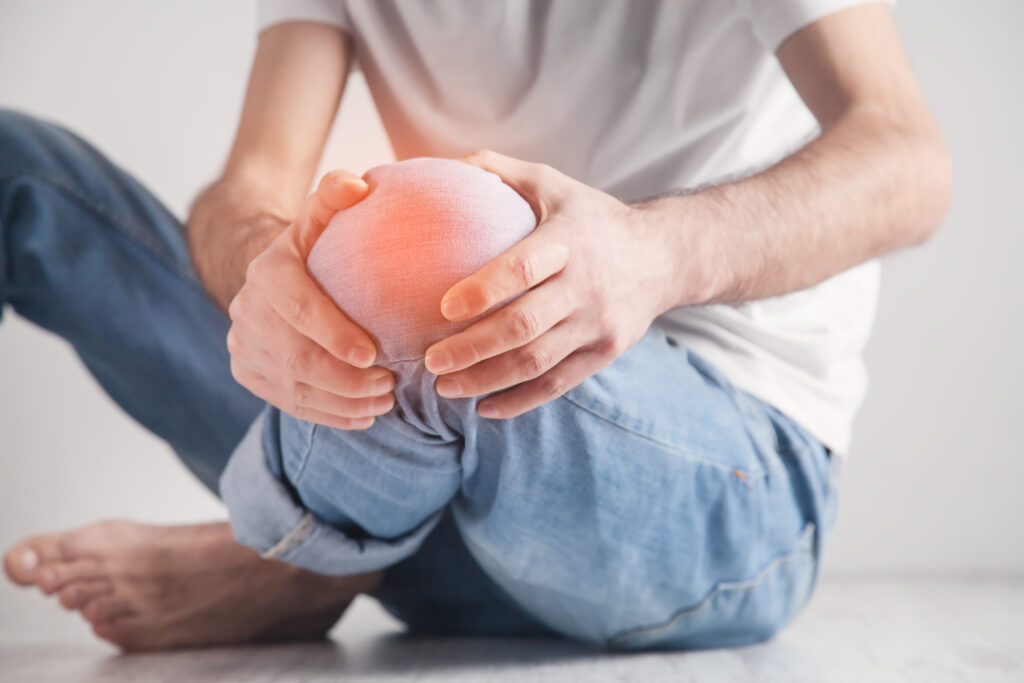When you face a sports injury, knowing which therapies can aid your recovery is essential. From physical therapy techniques that enhance mobility to massage therapy that alleviates muscle tension, the options can be overwhelming. You might also consider acupuncture for pain relief or chiropractic adjustments to restore alignment. Additionally, hydrotherapy offers unique benefits that can support your healing process. But with so many approaches available, how do you determine the right combination for your needs? Understanding the nuances of each therapy could be key to a faster, more effective recovery.
Physical Therapy Techniques
Physical therapy techniques play an essential role in sports injury recovery, helping athletes regain strength and mobility. When you experience an injury, it's important to start physical therapy as soon as possible to prevent long-term complications. Your therapist will assess your condition and create a personalized treatment plan tailored to your specific needs.
One common technique used in physical therapy is therapeutic exercise. These exercises focus on improving flexibility, strength, and endurance. You'll work on targeted movements to rebuild muscle strength and support the injured area.
Another technique, manual therapy, involves hands-on treatment like joint mobilization and soft tissue manipulation. This helps improve circulation and alleviate pain, allowing you to move more freely.
Modalities are also a significant part of recovery. Techniques like ultrasound, electrical stimulation, and cryotherapy can aid in reducing inflammation and pain. Your therapist might incorporate these modalities to enhance the effectiveness of your exercise regimen.
Additionally, proprioceptive training is essential for re-establishing your body's awareness of movement, which can prevent future injuries.
Throughout your recovery, communication with your therapist is key. Make sure to voice any concerns or changes in your condition. This collaboration guarantees your therapy remains effective, adapting to your progress.
Embracing these physical therapy techniques not only accelerates recovery but also empowers you to return to your sport stronger and more resilient than before.
Massage Therapy Benefits
Massage therapy offers you a range of benefits that can greatly aid in your recovery from sports injuries.
It helps improve blood circulation, relieve muscle tension, and enhance your range of motion.
Improved Blood Circulation
When recovering from a sports injury, enhanced blood circulation plays an essential role in the healing process. Improved circulation delivers oxygen and critical nutrients directly to the injured tissues, which accelerates recovery.
When you engage in massage therapy, it stimulates your blood vessels, promoting better blood flow. This increased circulation helps remove metabolic waste products, like lactic acid, that can accumulate in the injured area.
You might notice that after a session, the warmth in your muscles feels more pronounced. That's your blood working hard to repair itself. Additionally, the enhanced circulation can reduce inflammation, which is paramount for your recovery.
As the inflamed tissues receive more oxygen-rich blood, they can begin to heal more effectively. Incorporating regular massage therapy into your recovery routine not only boosts circulation but also helps maintain overall muscle health.
Muscle Tension Relief
After enhancing blood circulation, addressing muscle tension is another vital aspect of sports injury recovery. When you experience an injury, your muscles often tighten up as a protective response. This tension can restrict movement and prolong your recovery time. That's where massage therapy comes in.
Massage therapy effectively targets tight muscles, helping to release built-up tension. By applying pressure to specific areas, a therapist can stimulate blood flow, promote relaxation, and alleviate discomfort. You might notice immediate relief, allowing you to feel more comfortable in your body and less restricted by pain.
Additionally, regular massage therapy can help prevent future injuries by keeping your muscles flexible and promoting overall relaxation. It's an essential practice for athletes, as it not only addresses current issues but also prepares your body for the demands of training and competition.
If you're recovering from a sports injury, consider integrating massage therapy into your routine. You'll likely find that it aids in reducing muscle tension, speeds up your recovery, and gets you back to doing what you love much sooner.
Embrace the benefits of this therapeutic approach and feel the difference in your recovery journey.
Enhanced Range of Motion
Improving your range of motion is essential for effective sports injury recovery, and massage therapy plays a significant role in this process. It helps you regain flexibility, reduce stiffness, and enhance overall movement.
By incorporating massage therapy into your recovery routine, you can experience several benefits that facilitate healing.
Here are three key advantages of massage therapy for enhancing your range of motion:
- Increased Blood Circulation: Massage boosts blood flow to injured areas, delivering necessary nutrients and oxygen, which promotes healing and reduces inflammation.
- Muscle Relaxation: By targeting tight muscles, massage eases tension, allowing for greater flexibility. This relaxation helps prevent further injury and supports a smoother recovery.
- Scar Tissue Management: Massage therapy helps break down scar tissue that may form after an injury. This process improves tissue elasticity and restores normal movement patterns.
Incorporating massage therapy into your recovery plan can be a game changer.
You'll not only improve your range of motion but also enhance your overall performance in sports.
Acupuncture for Pain Relief
If you're looking for an effective way to manage pain from sports injuries, acupuncture might be worth considering.
This ancient practice works by stimulating specific points in your body, promoting healing and relieving discomfort.
Many athletes have found that acupuncture not only helps with pain but also enhances their overall performance.
Mechanism of Action
Acupuncture for pain relief operates through a combination of physiological and neurobiological mechanisms. When you receive treatment, thin needles are inserted at specific points on your body. This process triggers various responses that can alleviate pain and promote healing.
Here's how it works:
- Endorphin Release: The needle insertion stimulates your body to release endorphins, which are natural painkillers. This can create a sense of euphoria and help reduce your overall discomfort.
- Neurotransmitter Regulation: Acupuncture influences neurotransmitters, including serotonin and norepinephrine. These chemicals play a vital role in regulating pain perception and mood, making you feel better both physically and emotionally.
- Increased Blood Flow: By targeting certain areas, acupuncture enhances local blood circulation. Improved blood flow brings more oxygen and nutrients to your injured tissues, speeding up the recovery process.
Through these mechanisms, acupuncture can help you manage pain effectively.
You might find that integrating this therapy into your recovery plan not only eases your discomfort but also encourages a faster return to your athletic pursuits.
Benefits for Athletes
For athletes seeking effective pain relief, acupuncture offers a range of benefits that can enhance recovery and performance. This ancient practice targets specific points on your body to alleviate pain, reduce inflammation, and promote healing. By stimulating these points, acupuncture can enhance blood flow, which is essential for delivering nutrients and oxygen to injured tissues.
One of the most appealing aspects of acupuncture is its ability to provide quick relief from chronic pain, allowing you to return to your training and competitions sooner. Unlike medications that may have side effects or lead to dependency, acupuncture is a natural alternative that can complement your recovery plan.
Moreover, acupuncture helps reduce muscle tension and stress, both of which can hinder your performance. By promoting relaxation, it encourages a better mental state, fundamental for ideal athletic performance.
Many athletes also report improved sleep quality after sessions, which is critical for recovery.
Incorporating acupuncture into your routine can lead to a more holistic approach to injury recovery, allowing you to train harder and smarter. Ultimately, it's a valuable tool to keep in your arsenal as you work to achieve your athletic goals.
Chiropractic Adjustments
How can chiropractic adjustments aid in your recovery from sports injuries? If you're dealing with pain or discomfort from an injury, chiropractic care can be a crucial part of your recovery plan. Chiropractors focus on aligning your spine and joints, which can help restore mobility and reduce inflammation.
Here are three key benefits of chiropractic adjustments for your recovery:
- Pain Relief: Chiropractic adjustments can target specific areas of pain, helping to alleviate discomfort. By realigning your spine and joints, you may experience immediate relief, reducing your reliance on pain medications.
- Improved Range of Motion: After an injury, you might find it challenging to move as freely as before. Chiropractic care focuses on restoring proper joint function, which can enhance your flexibility and range of motion, making it easier to return to your sport.
- Enhanced Healing: Chiropractic adjustments can improve blood flow and lymphatic drainage in the affected areas. This increase in circulation promotes healing by delivering essential nutrients to damaged tissues and helping to remove toxins.
Incorporating chiropractic adjustments into your recovery routine can be a game-changer. Not only does it address immediate pain, but it also sets the stage for long-term healing and improved performance.
If you're serious about bouncing back from your sports injury, consider visiting a chiropractor who understands your unique needs.
Hydrotherapy Approaches
Many athletes find that hydrotherapy approaches can considerably enhance their recovery from sports injuries. This method utilizes water's unique properties to promote healing, reduce pain, and improve mobility. You might consider incorporating hydrotherapy into your recovery routine, as it offers various techniques that cater to different needs.
One effective technique is aquatic therapy, where you perform exercises in a pool. The buoyancy of water reduces the strain on your joints, allowing you to move more freely. This can help you regain strength and flexibility without risking further injury.
You could also try contrast baths, which involve alternating between hot and cold water. This method stimulates circulation, reduces swelling, and alleviates pain, providing relief to your affected areas.
Another option is using hydrocollator packs, which are moist heat packs that can be applied to sore muscles post-injury. The heat increases blood flow to the area, promoting healing and relaxation.
Additionally, many athletes find relief from using whirlpools or hot tubs. The warm water can soothe aching muscles and joints, while the gentle agitation helps ease tension.
Don't forget about cold water therapy as well. Ice baths or cold showers can reduce inflammation and numb pain, making them an excellent option for post-exercise recovery.
Nutritional Support Strategies
During your recovery from a sports injury, nutritional support plays an essential role in facilitating healing and restoring strength. Proper nutrition not only helps repair damaged tissues but also boosts your immune system, ensuring you bounce back quicker.
Here are three key strategies to enhance your recovery through nutrition:
- Prioritize Protein Intake: Protein is important for muscle repair and growth. Aim for high-quality sources like lean meats, fish, eggs, and plant-based options such as beans and lentils. Incorporating protein into every meal can help speed up your recovery process.
- Stay Hydrated: Hydration is often overlooked but is essential for effective recovery. Water aids in nutrient transport and helps reduce inflammation. Make sure you're drinking enough fluids throughout the day, especially if you're engaging in physical therapy or light exercises as part of your recovery.
- Focus on Anti-Inflammatory Foods: Incorporating foods rich in antioxidants and omega-3 fatty acids can combat inflammation and promote healing. Include options like leafy greens, berries, nuts, fatty fish, and olive oil in your diet.
These foods not only support recovery but also contribute to overall health.
Conclusion
Incorporating various therapies into your recovery plan can greatly enhance your healing process after a sports injury. By embracing physical therapy techniques, massage, acupuncture, chiropractic care, hydrotherapy, and proper nutrition, you'll not only alleviate pain but also boost your performance. Each approach offers unique benefits that work together to support your body's natural healing. Remember, a holistic strategy empowers you to regain strength and maintain peak performance, helping you get back to doing what you love.



